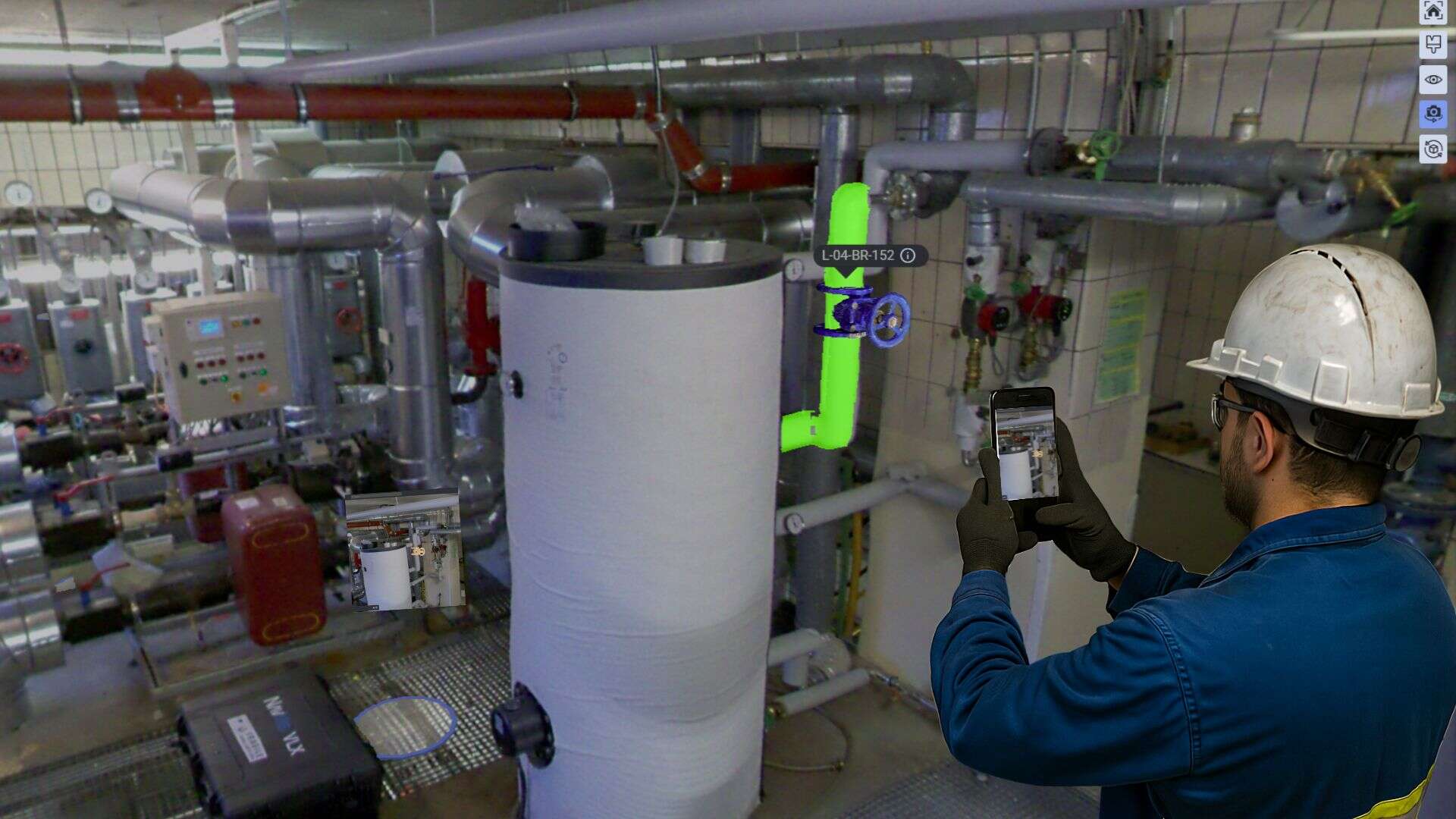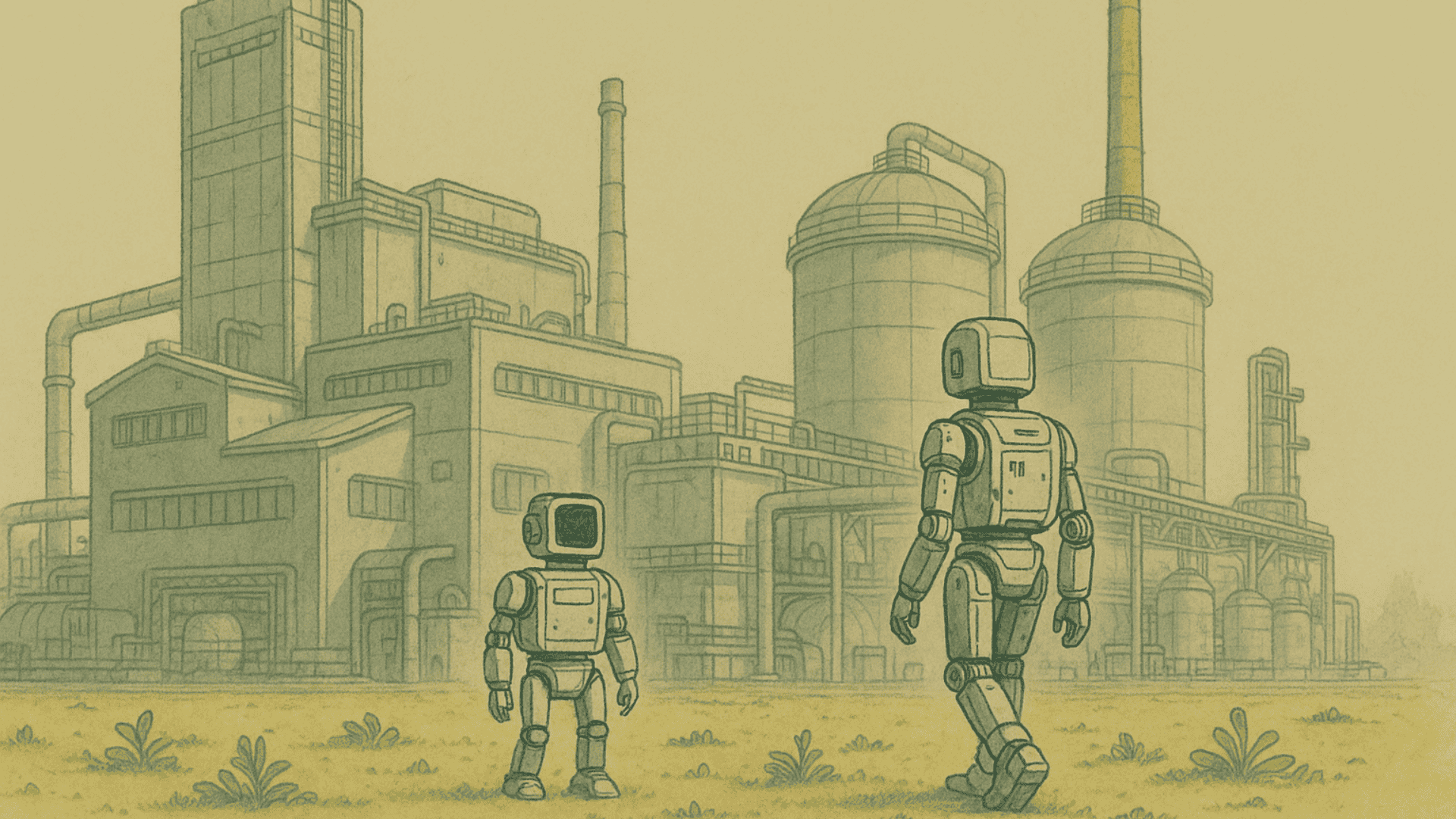En 1990, naît une simple brique technologique qui va révolutionner nos vies : le fameux “HTTP” Hypertext Transfer Protocol — HTTP/1.1.En 1997, la norme de ce protocole protocole de communication client-serveur est définitivement adoptée sous l’acronyme (RFC 2068).
Il permet l’échange simple et universel de données sur un réseau a été le fondement qui a permis l’expansion fulgurante d’internet, le World Wide Web.On peut alors légitimement se demander quand aura lieu ce même tournant pour notre industrie ?À quand le “HTTP” de l’industrie qui permettra de faciliter les procédures de maintenance, raccourcir les délais d’approvisionnement et fiabiliser les installations vieillissantes pour ne citer que quelques uns des nombreux bénéfices attendus de la fameuse Industrie 4.0.Depuis plus de 10 ans de nombreuses initiatives de standardisation des données pour l’industrie ont vu le jour (ISO 15926, CFIHOS, DEXPI, IFC/BIM, e-Class, etc).
Tant qu’un standard de description et d’échange des données industrielles ne sera pas stabilisé et largement adopté, les éditeurs de logiciels ainsi que les industriels seront confrontés à des choix compliqués sans solution parfaite.
C’est un peu comme si, lors de l’achat de votre nouvel ordinateur, vous deviez choisir un seul réseau internet sur lequel vous voulez naviguer parmi une dizaine de réseaux existants…Chez Samp, il nous semble qu’une partie de la réponse réside dans 2 facteurs clefs :
- Dissocier au maximum l’implémentation des cas d’usages métiers du modèle de données sous-jacent (qui doit pouvoir s’adapter régulièrement aux évolutions des normes et standards).
- La flexibilité. Etre en capacité de s’adapter à l’état du système d’information actuel des acteurs industriels sans imposer une démarche “Big Bang” de refonte de leurs données.





